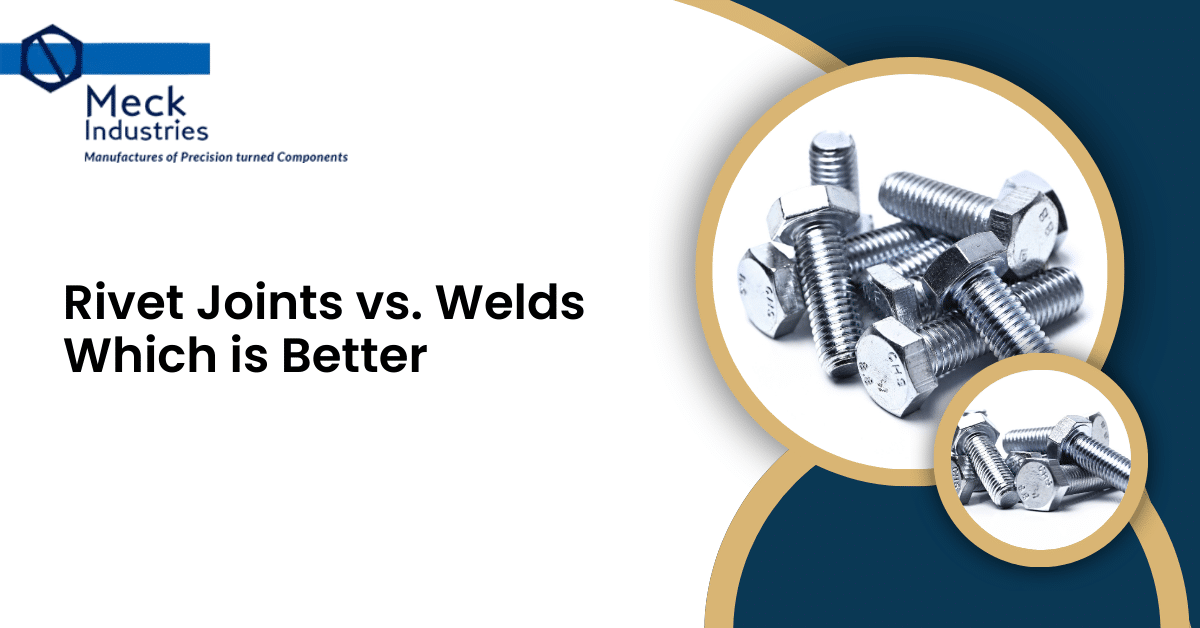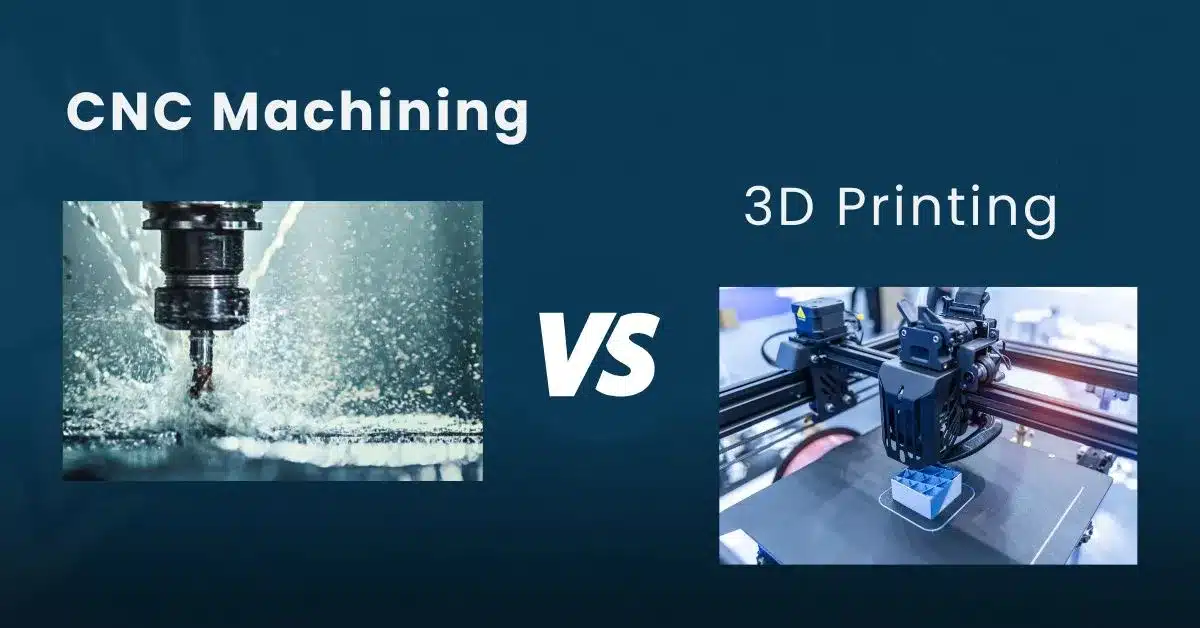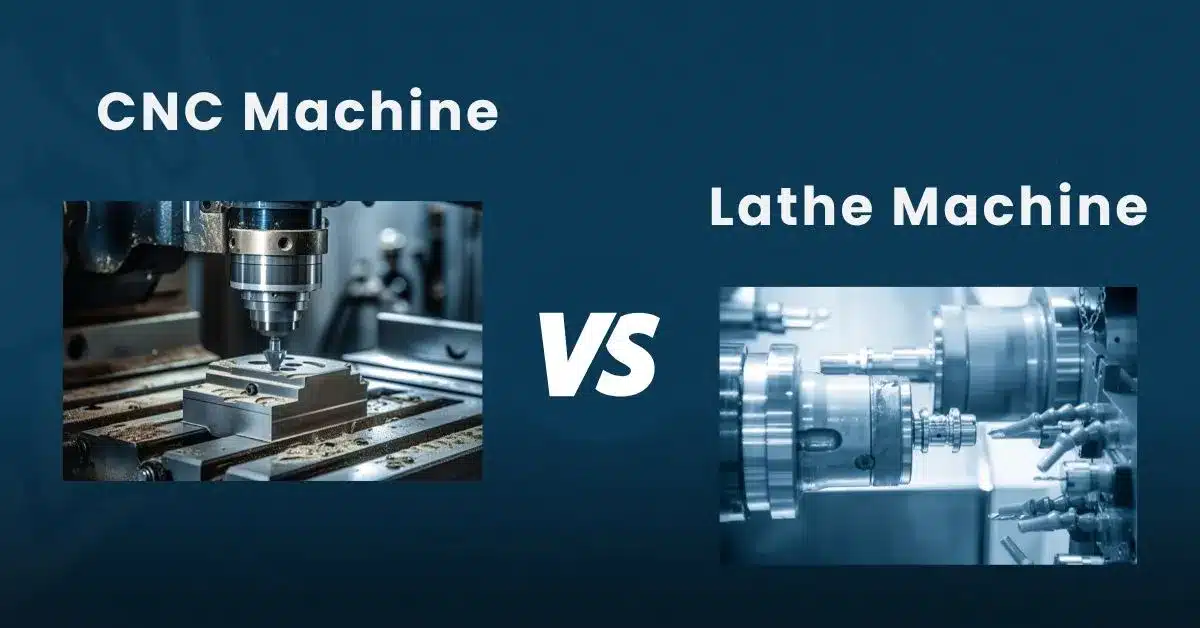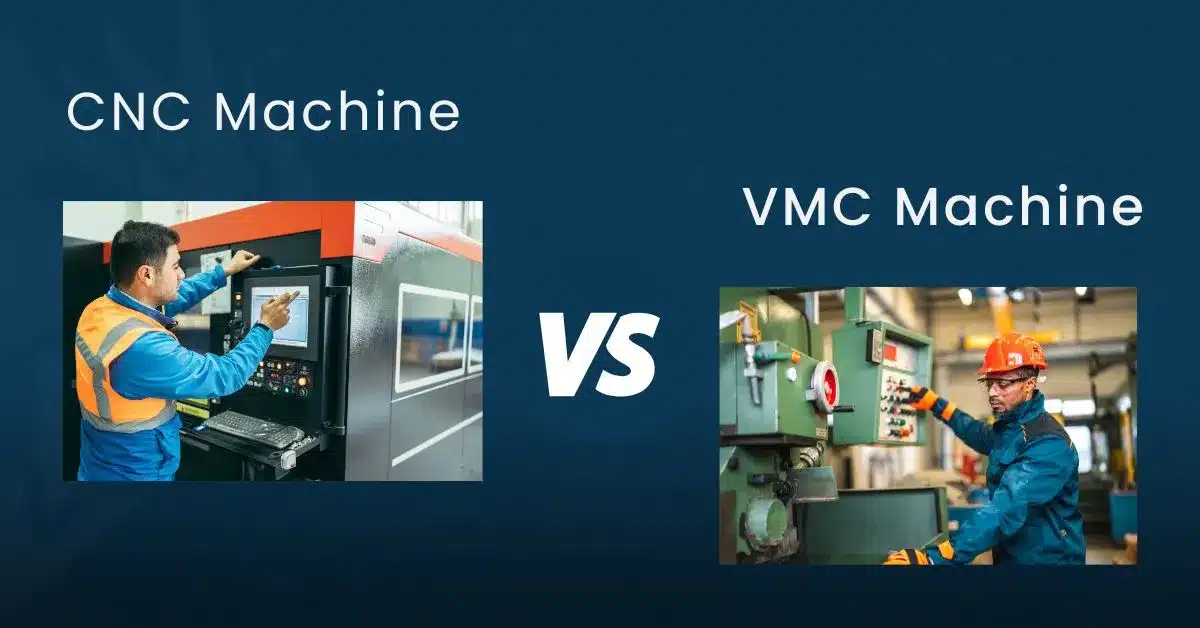
When it comes to joining materials in engineering and construction, two methods stand out: rivet joints and welding. Each technique has its advantages and applications, making the choice crucial depending on your project’s requirements. In this blog, we’ll explore the differences between rivet joints and welds, highlighting their strengths and weaknesses. We will also provide a comparison table to help you determine which method is better for your specific needs.
Understanding Rivet Joints
Rivet joints have been used for centuries as a mechanical fastening method. This process involves inserting a rivet through pre-drilled holes in the materials to be joined. The rivet is then deformed (or “set”) on the other side, creating a permanent joint. This method is particularly popular in construction and aviation due to its ability to provide strong connections without the need for heat.
Advantages of Rivet Joints
Strength and Durability: Rivet joints can handle high loads and are resistant to fatigue, making them ideal for heavy-duty applications.
Flexibility in Material Types: Riveting can join different types of materials, including metals and plastics, without compromising integrity.
Ease of Inspection: Rivet joints can be visually inspected easily, which helps in maintaining quality control.
Low Heat Distortion: Since rivets don’t require high temperatures for joining, they minimize thermal distortion in the materials.
Understanding Welds
Welding involves melting the base materials together, along with a filler material, to form a strong joint. This method is widely used across various industries, from automotive to construction, due to its versatility and strength.
Advantages of Welding
Speed: Welding can be a quicker process compared to riveting, especially for large-scale projects, as it typically requires fewer steps.
Stronger Joints: Welded joints generally have greater tensile strength and can provide a seamless finish, making them suitable for high-stress applications.
Reduced Weight: Welding can create lighter structures since it often requires less material to achieve the same strength as riveted joints.
Comparison Table: Rivet Joints vs. Welds
| Feature | Rivet Joints | Welds |
| Joining Method | Mechanical fastening | Melting base materials |
| Strength | Strong, but less than welded joints | High tensile strength |
| Material Compatibility | Works with various materials | Best for compatible materials |
| Time Efficiency | More time-consuming | Generally faster |
| Weight Consideration | Can add weight | Often lighter structures |
| Inspection | Easy visual inspection | Requires more detailed inspection |
| Heat Impact | Low heat distortion | High heat distortion |
| Labor Skill Level | Lower skill requirement | Higher skill requirement |
Frequently Asked Questions
What are rivet joints, and why are they important?
Rivet joints are a mechanical fastening method that joins materials by inserting rivets into pre-drilled holes. They are crucial for creating strong, durable connections in various applications, including construction and aviation.
How does Meck Industries ensure the quality of its rivet joints?
At Meck Industries, we follow strict quality control measures, including regular inspections and testing, to ensure that our rivet joints meet the highest industry standards for strength and durability.
What materials can Meck Industries use for precision-turned components?
We work with a variety of materials, including metals, plastics, and composites, allowing us to create precision-turned components that meet specific customer needs and applications.
Can Meck Industries provide custom rivet joint solutions?
Yes, we specialize in providing tailored solutions, including custom rivet joints and precision-turned components, designed to meet the unique requirements of your projects.
What industries does Meck Industries serve?
Meck Industries serves a diverse range of industries, including automotive, aerospace, construction, and manufacturing, providing high-quality components for various applications.
Conclusion
Both rivet joints and welds have their own unique benefits, making the choice dependent on various project factors. When evaluating which method to use, consider the load requirements, material compatibility, and project timelines. For precision-engineered components that may require a variety of fastening methods, it is important to consult with experts. Companies like Meck Industries, renowned for their precision-turned components, can provide valuable insights into the best joining techniques for your specific applications. Ultimately, understanding the differences between rivet joints and welds will empower you to make informed decisions that enhance the quality and integrity of your projects.



